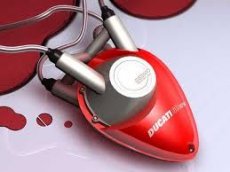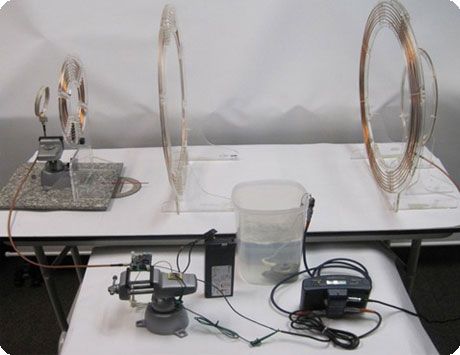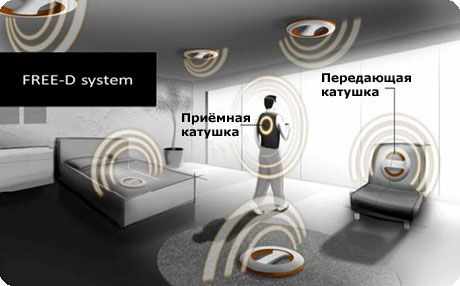New publications
American scientists have tested a wireless heart
Last reviewed: 30.06.2025

All iLive content is medically reviewed or fact checked to ensure as much factual accuracy as possible.
We have strict sourcing guidelines and only link to reputable media sites, academic research institutions and, whenever possible, medically peer reviewed studies. Note that the numbers in parentheses ([1], [2], etc.) are clickable links to these studies.
If you feel that any of our content is inaccurate, out-of-date, or otherwise questionable, please select it and press Ctrl + Enter.

According to the authors of the new invention, patients with an artificial heart or an auxiliary blood pump will be able to gain greater freedom of movement than before with the help of the new system.
Researchers from the University of Washington and the University of Pittsburgh Medical Center (UPMC) tested a wireless power system in conjunction with a commercial ventricular assist device (VAD).
The project, called Free-range Resonant Electrical Energy Delivery (FREE-D), is led by Joshua Smith, who joined the University of Washington from Intel, where he spent several years working on an over-the-air power transmission system.
We are talking about a technology that, by adjusting the resonant frequency and other parameters of the receiving and transmitting coils, makes it possible to transmit electrical energy over medium distances (tens of centimeters - meters) with high efficiency.
Cardiologists have previously experimented with inductive power supply systems for the heart pump implant, wanting to get rid of wires passing through the skin (a gateway for infection, increasing the risk of complications). But simple technologies (like those used in cordless electric toothbrushes) disappointed doctors - the transmission range was a few millimeters and a side effect in the form of unnecessary tissue heating appeared.

The mechanical heart is in the circle, with the entire wireless current transmission chain in the background (photo University of Washington).
Smith's system overcomes these shortcomings. It consists of two pairs of coils. The first (on the right in the photo above) is connected to the electrical grid and transmits energy to the second coil (in the center), which, in theory, can be placed on the patient's clothing.
This second coil charges the buffer battery worn by the person (necessary for extending the autonomy), and also supplies current to another, smaller transmitting coil. This one is already engaged in transmitting energy to a very small (only 4.3 cm in diameter) receiving coil (on the left in the photo), located in the human body and connected to the artificial heart, as well as to the internal buffer battery.
So far, the setup has been tested in a lab setting. The coils were placed on a table, and the VAD apparatus connected to them was operated in a mug of liquid. Power was transmitted reliably with an efficiency of about 80%, according to a press release from the University of Washington.
In the future, the authors of the project see the following picture. Several transmitting coils should be mounted in the patient's living or working room - in the walls, ceiling, under the bed and in the chair. They should provide a person with a cardiac implant with almost continuous battery recharge. To charge them, he will not need to connect to sockets.

In a specially equipped room, a patient with an artificial heart or ventricular assist device could live and work more freely than with older systems, in which the implant's functionality is entirely dependent on a battery that requires regular connection to the mains (illustration by Pramod Bonde, University of Pittsburgh Medical Center).
At the same time, the internal battery should allow a person to safely be outside the area of the feeding coils and without a vest for up to two hours. This will allow the patient, for example, to take a bath.
The scientists presented the results of the first tests of the system at the annual conference of the American Society for the Advancement of Artificial Internal Organs (ASAIO), where they received an award for the most promising research in the field of artificial hearts.
The next step for the prototype's authors is to test wireless power supply for an artificial heart implanted in a test animal.

 [
[